Round and About Magazine’s wine columnist Giles Luckett rediscovers the amazing wines of France’s Roussillon, and finds value and excellence in equal measure
The Roussillon Revolution
Wine surprises and buses, as the old saying goes. You wait six years for one to come along and then two turn up in two months. OK, I’m paraphrasing slightly, but six years after my revelatory tour of Australia and weeks after my eye-opening trip to Portugal, I discover my knowledge of the wines of the Roussillon is about as contemporary as my daughter’s 2012 Frozen calendar.
I was introduced to the wines of the Roussillon in the early 1990s. Bordeaux Direct (Laithwaites) were early importers of their red wines which were generally powerful, slightly rustic affairs with a distinct wild herb tang. They were big, bold, and brilliant value, but were about as serious as my daughter’s calendar – she needs to let it go!
A recent tasting showed me how much things have changed. While the brilliance and the value have remained, the styles of wine on offer have become as dazzlingly complex as the slopes on which they’re grown.
The Wines of The Roussillon
The Roussillon lies in the extreme southwest of France, next to the border with Spain. I could spend hours talking about the soil structures (mental note: YouTube channel on soil structures. Influencer fame and fortune here I come) but it’s mainly clay/limestone, schist and gravel. The climate is warm, but the altitude creates a number of microclimates. This combination means it can provide an ideal home to a wide range of high-quality grapes.
For the longest time, Roussillon was best known for its fortified wines, the vin doux naturel. Lusciously sweet, cherry and chocolate-flavoured reds such as Banyuls, and apricot and honey-toned whites like Muscat de Rivesaltes enjoyed a reputation as high as that of Port.
Great as these wines are, the market is limited, and as far back as the 1980s speculation was rife as to what Roussillon could do with table wines. And just like the revolution that’s swept the wines of the Douro Valley, years of experimentation with sites and varieties are now paying substantial dividends, as the following wines demonstrate.
The Top 10 Wines of The Roussillon

When I last looked at Roussillon’s wines, they were almost exclusively red. Today you can find great rosé and white wines too. Take the Bila-Haut Blanc (Laithwaites £11.99) for example. Bila-Haut is leading Rhône producer Chapoutier’s home in the Roussillon and their expertise shines through. The Bila-Haut Blanc is mainly composed of Rhône grapes Grenache Blanc, Roussanne, and Marsanne. Fragrant with floral notes and citrus on the nose, on the palate there’s grapefruit, and white peach, before the smoky, mineral-laden finish.
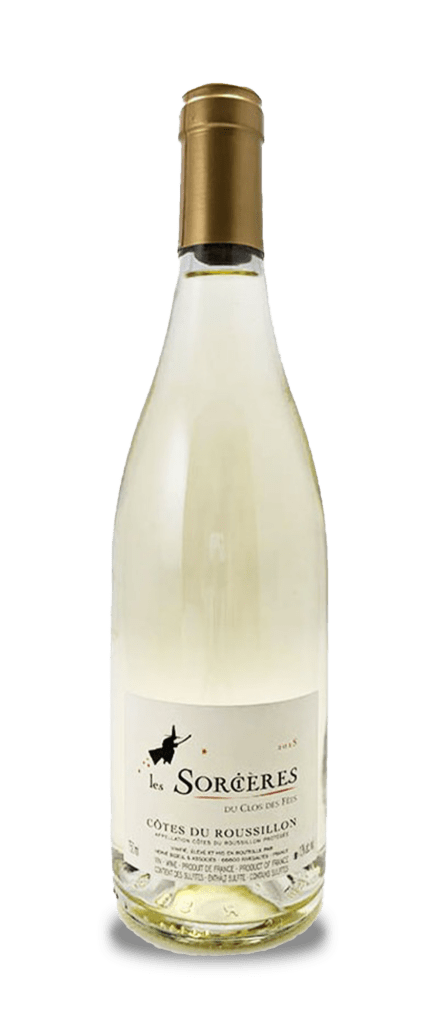
Another wine that offers freshness, with complexity is the Les Sorcières du Clos des Fées Blanc 2022 (Yapp Brothers £17.25). This contains some Vermentino, which adds a green apple and lime touch along with a pinch of salt. I had this with grilled sardines, but I can see it working wonderfully well with poultry or creamy risotto.
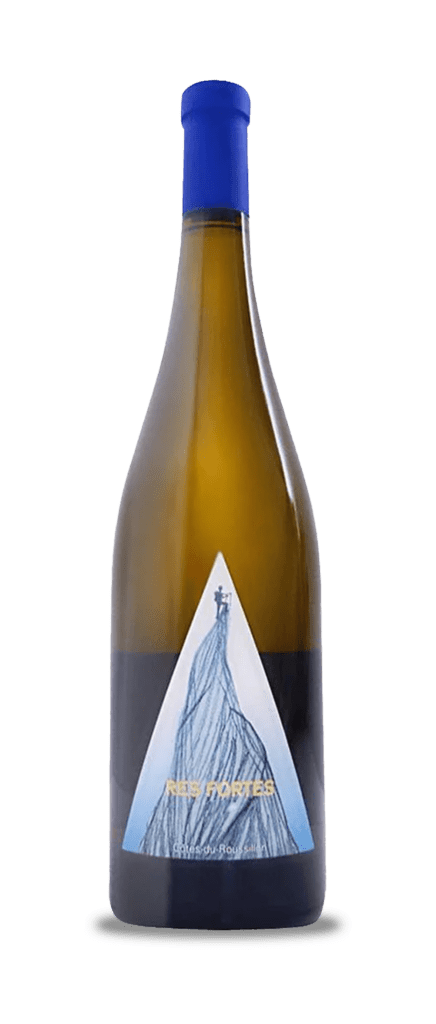
If you’re looking for a wine that’s zesty enough to refresh, but textured and complex enough to satisfy, then take a look at the Res Fortes Roussillon 2019 (Res Fortes £16). Bold winemaking – they press whole bunches and use Grenache Gris (which isn’t in the least bit grey, by the way) – and some bottle age makes for outstanding wines. Pears, melon, red apple, and greengage, come together with a yeasty, mineral finish to give a wine of precision and depth. Were this from the Rhône you’d be looking at £50+ a bottle.
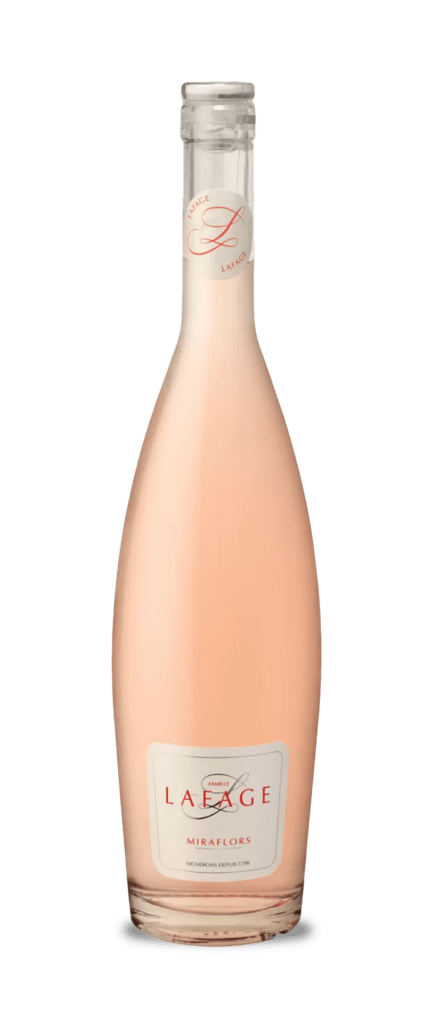
Encountering great rosé producers. Yet again though I was struck not just by the quality but the value. Take the Domaine Lafage Cotes du Roussillon Miraflors Rose (All About Wine £13.75). The elegant line of the bottle is reflected in the wine inside. Joyously fresh, pure red berries lead the velvet-footed charge, followed by notes of green grapes, watermelon, and raw blackberries before a lovely rush of peaches comes in at the end.
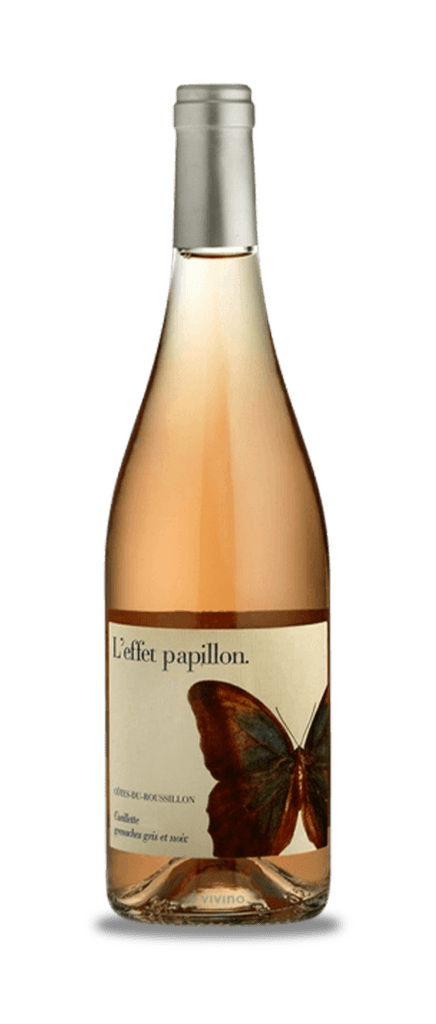
At the other end of the rosé scale, we have the L’Effet Papillon (Highbury Vintners £14.50). This is made by the Rivesaltes co-operative, so right in the heart of fortified country, and they seem to be on a mission to make powerful wines. This is an intense wine whose pure and precise strawberry fruit conveys a feeling of power and concentration. Spicy, tangy, and well-balanced, this would be brilliant with smoked trout, lemon chicken, or roasted guineafowl.
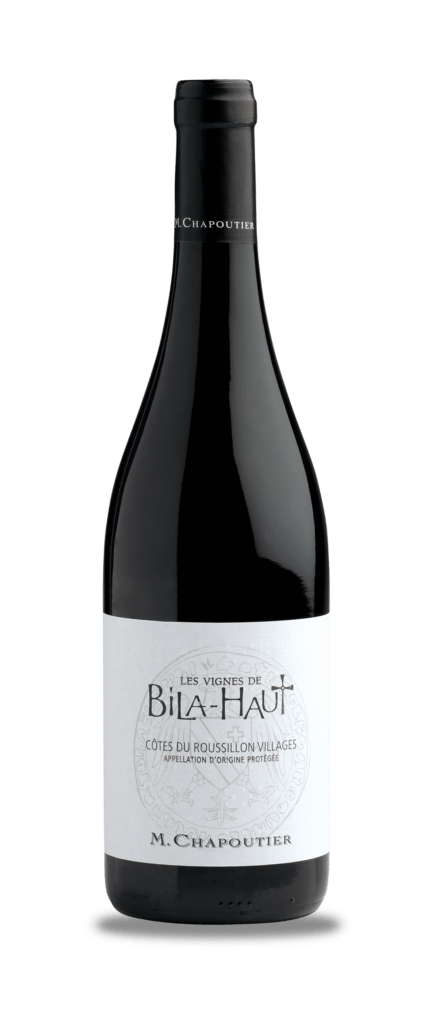
And so to reds. I’ve mentioned Bila-Haut already, and I make no apology for recommending their red too. The Bila-Haut Rouge (The Surrey Wine Cellar £12.95) shows how Roussillon’s wines are distinct and not mere ‘me-too’ Rhône wannabes. While plump and juicy, there’s a light-touch feel to the dark fruit. It’s medium-bodied and has an easy-to-love character that’s often missing in Rhônes, and the finish – a lovely mix of plums, cherries, and spiced berries – adds a further lift. While this is great with red meats, I think it’s even better with tomato or cheesy pasta.
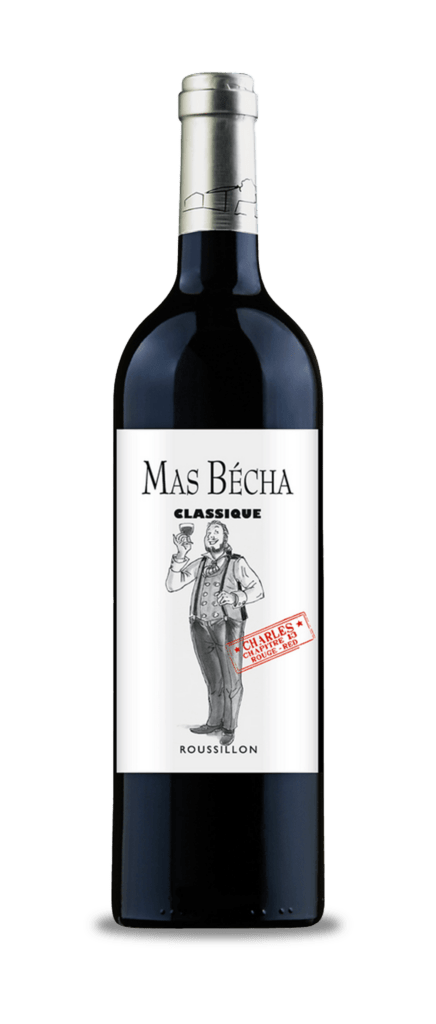
I have to say that my next choice did feel like a blast from the past. The Mas Becha ‘Classique’ Rouge (Great Wines Direct, £19.72) had a ‘garrigue’ (wild herbs to you and me) taste to it. This full-throttled Grenache is packed to the gunnels with cherries, prunes, chocolate, and herbs, but again there’s a lift of red berry acidity that stops it from becoming plodding and one-dimensional. This would be superb with lamb or falafel – anything that needs a little juiciness to bring it to life.
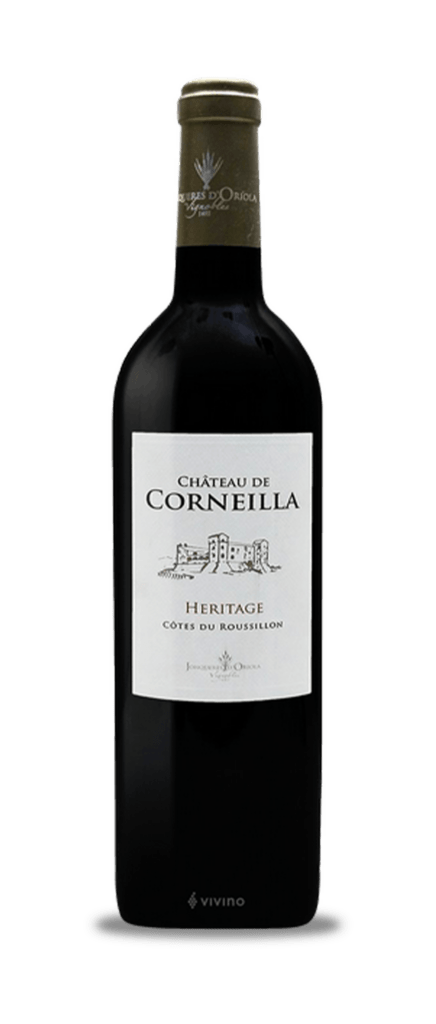
I’ve mentioned the value of the Roussillon several times in this piece, an attribute that’s embodied in the Côtes du Roussillon Héritage Rouge, Château de Corneilla 2020 (The Wine Society £9.95). For under a tenner, you get a magnificently big, plush, old-school red that delivers the goods by the lorry load. Syrah-based, this is inky, spicy, and loaded with lip-staining blackberry, damson, and cherry fruit with interest added by a seasoning of black pepper and mint. Serve this one with your favourite strong cheeses.
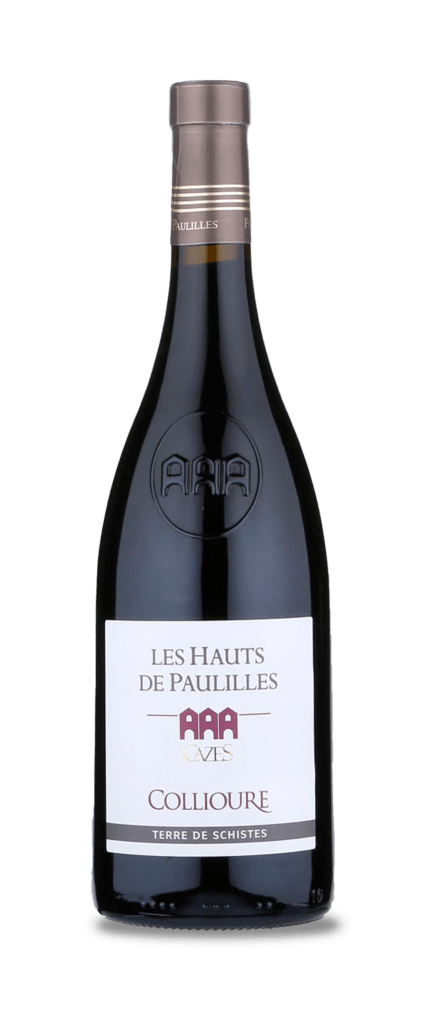
Collioure has always been a great source of affordable, high-quality wines. Cooled by Mediterranean sea breezes and with a high percentage of schist – medium-grained metamorphic rock showing pronounced schistosity as my YouTube subscribers will know. This allows for the production of elegant, yet well-structured wines that are capable of ageing well. The Les Clos de Paulilles Collioure Rouge 2021 (Majestic £14.99) is a fine example of this. A spicy, blackcurrant-tined wine with plenty of black cherry, strawberry jam, and plum notes, it’s a lot of wine for the wine money and will partner red meats and full-flavoured cheeses.
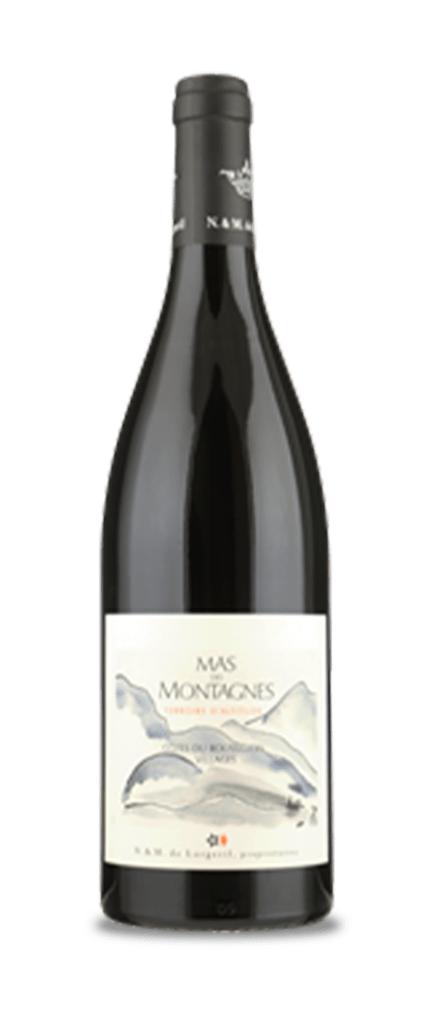
I’ll finish with a flourish with the Mas de Montagnes Roussillon Villages (Waitrose £12.49). This typifies the newer style of fresher, refined Roussillon wines. A marriage of Syrah and Grenache, it offers black cherry, blueberry, and mulberry fruit overlain with touches of mint and almond, while the finish offers peppercorns and raspberries that add a savoury touch.
The Roussillon Reinvention
The Roussillon is another example of a region that’s successfully reinventing itself. Worldwide there’s demand for lighter, more food-friendly wines, and regions like the Roussillon are well-placed to take advantage of this. If you’re looking for wines that offer excellence, excitement, and value, then I recommend you look to the Roussillon and taste tomorrow’s superstars today.
Next time out, I’ll do a deep dive into the wonderful wines from Yalumba.
Cheers,
Giles







